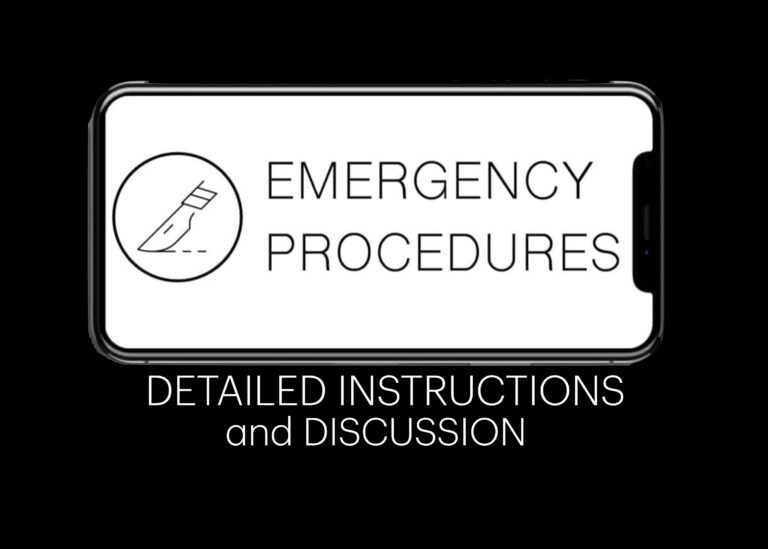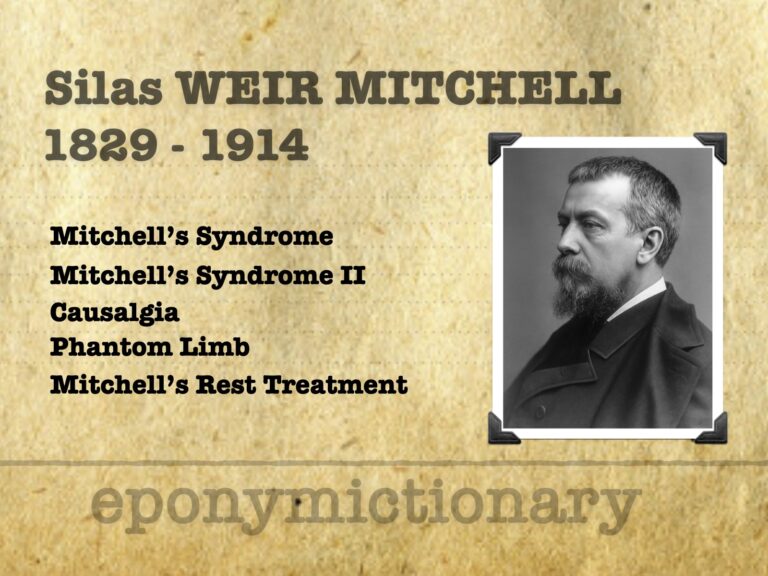
Pancoast Tumour
Pancoast Tumour is a primary bronchogenic carcinoma which arises in the apex of the lung at the superior pulmonary sulcus.

Pancoast Tumour is a primary bronchogenic carcinoma which arises in the apex of the lung at the superior pulmonary sulcus.

Pancoast Syndrome occurs secondary to local compression of brachial plexus and sympathetic chain by superior (pulmonary) sulcus tumors.

Emergency Procedure: Speculum examination, how (and when) to find the cervix in the emergency department.

Frederic Jay Cotton (1869–1939) was an American Orthopedic Surgeon. Eponymously affiliated with the Cotton fracture (trimalleolar fracture) and Cotton-Loader position (hyper-flexed wrist with ulna deviation in closed reduction of distal radius fractures)

Emergency procedure, instructions and discussion: Precipitous delivery in the ED. Let’s face it, the three births you attended as a medical student don't really prepare you for this...

Karl Adolph von Basedow (1799 – 1854) was a German general practitioner, surgeon and obstetrician. Described Basedow (Graves) disease 1840

Silas Weir Mitchell (1829–1914), American neurologist and Civil War doctor, pioneered causalgia, phantom limb, rest cure, and erythromelalgia

Hermann Adolph Wülfing-Lüer (1836 – 1910) German Surgical instrument manufacturer. His wife Jeanne Amélie Lüer invented the original Lüer syringe in 1895

William A. Hammond (1828–1900), U.S. Surgeon General and neurology pioneer, described athetosis, reformed military medicine, and authored a key neurology textbook.

Emergency Procedure: Precipitous Birth in the ED. Let’s face it, the three births you attended as a medical student don't really prepare you for this...

William Cadogan (1711–1797), physician-reformer; wrote the 1748 Essay on Nursing and a contentious 1771 gout treatise; pioneer of childcare and lifestyle medicine

Giovanni Mingazzini (1859-1929) Founder of the Roman School of Neurology; described lenticular hemiparesis, Mingazzini test, and Mingazzini field; pioneer in aphasia and cerebellar anatomy.